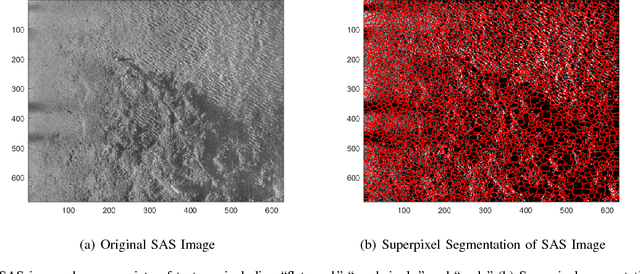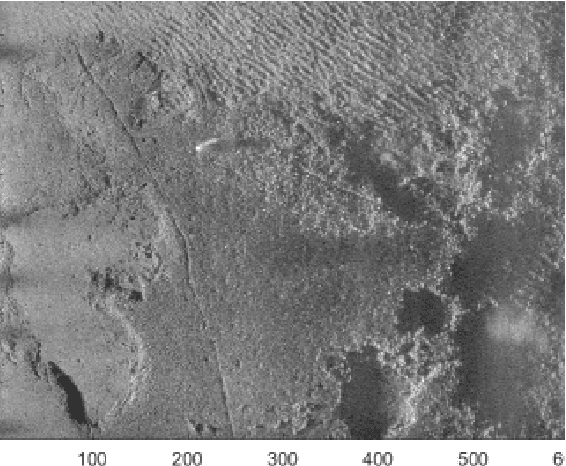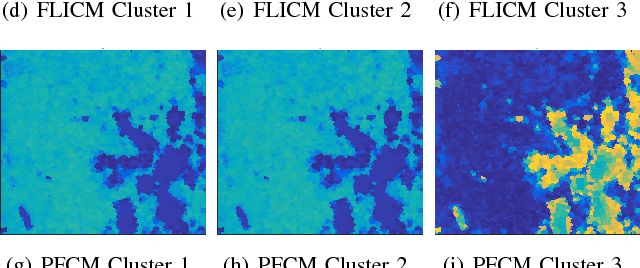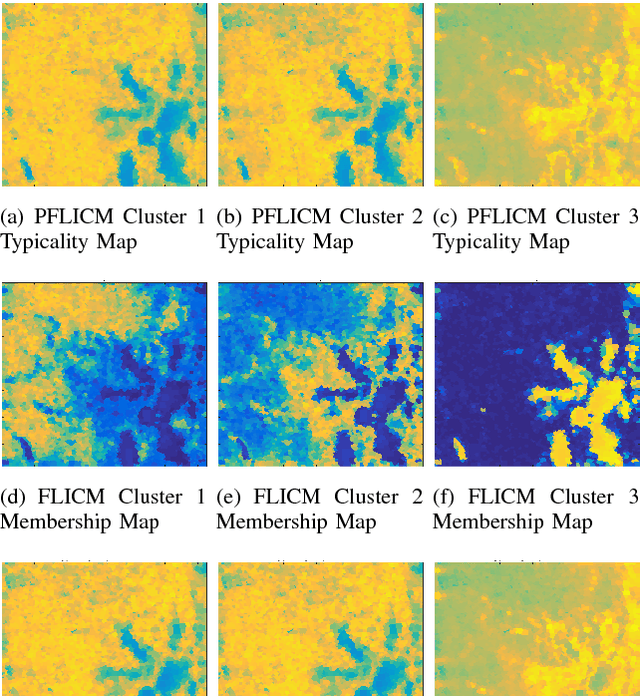Daniel Suen
Masking criteria for selecting an imputation model
Nov 13, 2025Abstract:The masking-one-out (MOO) procedure, masking an observed entry and comparing it versus its imputed values, is a very common procedure for comparing imputation models. We study the optimum of this procedure and generalize it to a missing data assumption and establish the corresponding semi-parametric efficiency theory. However, MOO is a measure of prediction accuracy, which is not ideal for evaluating an imputation model. To address this issue, we introduce three modified MOO criteria, based on rank transformation, energy distance, and likelihood principle, that allow us to select an imputation model that properly account for the stochastic nature of data. The likelihood approach further enables an elegant framework of learning an imputation model from the data and we derive its statistical and computational learning theories as well as consistency of BIC model selection. We also show how MOO is related to the missing-at-random assumption. Finally, we introduce the prediction-imputation diagram, a two-dimensional diagram visually comparing both the prediction and imputation utilities for various imputation models.
Possibilistic Fuzzy Local Information C-Means with Automated Feature Selection for Seafloor Segmentation
Oct 14, 2021Abstract:The Possibilistic Fuzzy Local Information C-Means (PFLICM) method is presented as a technique to segment side-look synthetic aperture sonar (SAS) imagery into distinct regions of the sea-floor. In this work, we investigate and present the results of an automated feature selection approach for SAS image segmentation. The chosen features and resulting segmentation from the image will be assessed based on a select quantitative clustering validity criterion and the subset of the features that reach a desired threshold will be used for the segmentation process.
Comparison of Possibilistic Fuzzy Local Information C-Means and Possibilistic K-Nearest Neighbors for Synthetic Aperture Sonar Image Segmentation
Apr 01, 2019Abstract:Synthetic aperture sonar (SAS) imagery can generate high resolution images of the seafloor. Thus, segmentation algorithms can be used to partition the images into different seafloor environments. In this paper, we compare two possibilistic segmentation approaches. Possibilistic approaches allow for the ability to detect novel or outlier environments as well as well known classes. The Possibilistic Fuzzy Local Information C-Means (PFLICM) algorithm has been previously applied to segment SAS imagery. Additionally, the Possibilistic K-Nearest Neighbors (PKNN) algorithm has been used in other domains such as landmine detection and hyperspectral imagery. In this paper, we compare the segmentation performance of a semi-supervised approach using PFLICM and a supervised method using Possibilistic K-NN. We include final segmentation results on multiple SAS images and a quantitative assessment of each algorithm.
Possibilistic Fuzzy Local Information C-Means for Sonar Image Segmentation
Sep 28, 2017



Abstract:Side-look synthetic aperture sonar (SAS) can produce very high quality images of the sea-floor. When viewing this imagery, a human observer can often easily identify various sea-floor textures such as sand ripple, hard-packed sand, sea grass and rock. In this paper, we present the Possibilistic Fuzzy Local Information C-Means (PFLICM) approach to segment SAS imagery into sea-floor regions that exhibit these various natural textures. The proposed PFLICM method incorporates fuzzy and possibilistic clustering methods and leverages (local) spatial information to perform soft segmentation. Results are shown on several SAS scenes and compared to alternative segmentation approaches.
 Add to Chrome
Add to Chrome Add to Firefox
Add to Firefox Add to Edge
Add to Edge